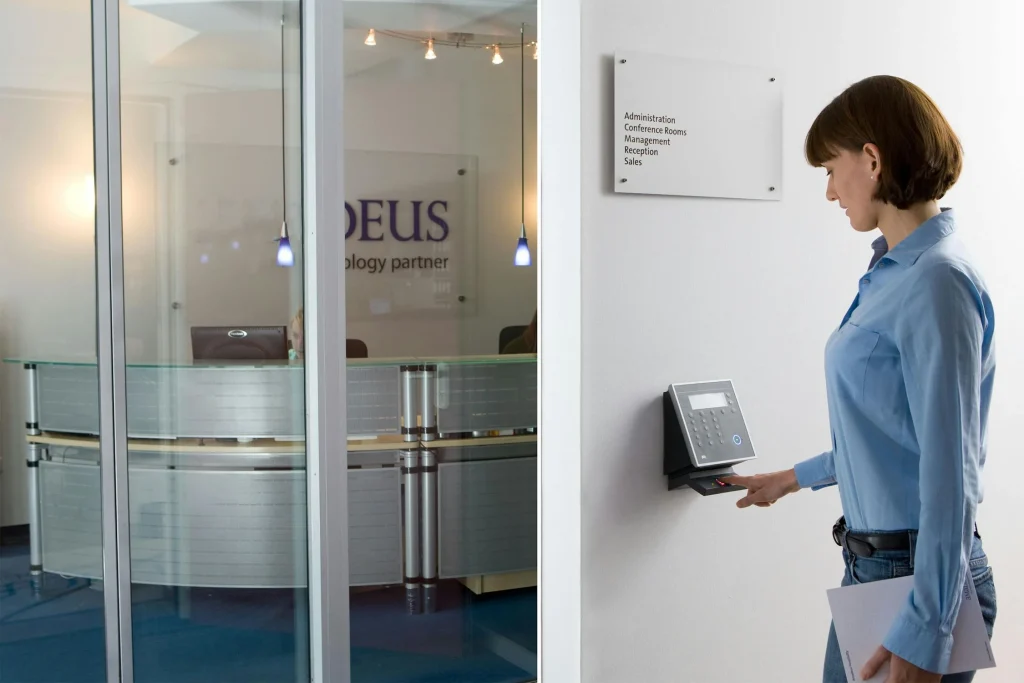In the modern working life, time and attendance management can not be ignored. With the wave of at home work policy, evidence of working hours became more essential for companies to maintain precise payroll records, calculations of benefits and labor laws.
However, the human resource of tracking attendance is a time-consuming process for both employers and employees.
Whether you work for a large or small company, it’s important to understand how a biometric time attendance system works – and how it can be used to track employee time and attendance.
What is Biometric Information?
Biometric information is information or measurements based on the physical or behavioral characteristics of an individual, such as fingerprints, eyes or voice. Such biometric information is regularly used to authenticate a person for they have a low chance of being duplicated, i.e. fingerprint to fingerprint or face to face cannot be duplicated with accuracy.
Facial appearance, fingerprints and tone of voice are both inimitable and impossible to separate from a person. So this is the most trustworthy ways of recognizing people.
How Does a Biometric System Work?
It has been common practice to using fingerprints as a kind of personal identification because it are unique to every individual. All these cutting-edge biometric techniques are just the latest form of keeping time from fingerprints. Biometric informations is not only used for time-keeping systems; they can also be used for locking safes, digital accounts, criminal records, etc. Digital technology has brought entirely new dimensions to the identification of biometrics by biometric systems in a very reliable manner.
From a functional standpoint, biometric systems require:
An on-site input device. A physical device (such as a scanner or camera) that physically captures the biometric information that is to be authenticated.
A software system to map the biometric reading and check it against the record. Image-processing algorithms can do this very rapidly as well as accurately.
It is used to validate requirements of a biometric information database. A biometric information database needs to be built first to allow the biometric system to work, meaning one-by-one each individual’s biometric data is recorded, uploaded and added to a record in the biometric information database. Click here for flexible pricing at their website.
Of course, biometrics are used every day to process entry into high-security areas, for instance, airports. But biometric data is about more than just security. A lot more. Facial recognition has been built into, and is often used in conjunction with, the vast majority of new mobile phones. Soon, you’ll be able to open your car door via fingerprint. You can’t leave your keys at home by mistake, because even if you can’t find your house key, there’s no way you could forget where you left your hand.
What is a biometric time clock?
A biometric time clock, or biometric time attendance system enables a business to securely keep track of the number of hours and shifts an employee works. Employees clock in and out of work using their fingerprint or some other biometric identifier rather than a keycard or a pincode. They, too, rely on the same system of which we just spoke and thus must use an input device, a software system, and a verified database.
For starters, it requires devices such as scanners or cameras to be installed at all entrances and exits used by employees to enter and leave the workplace. If too few of these devices are installed, it can create lines and bottlenecks when workers enter and exit during peak shifts.
Finally, the appropriate software package needs to be downloaded and set up to interact with the employee database. The information read by the scanner is processed using sophisticated image-recognition algorithms, and matched with biometric data held on the employee’s file. The shift times for the employee are automatically recorded against the payroll in a matter of seconds.
Summary
There is nothing difficult about installing a biometric time clock system. The real hurdle is recording the biometric information that every worker will have. For big companies, this job can be a challenge to complete.
Anyway, this is clearly an area where keeping our privacy must be a concern, and we need to make sure that employees are informed about which data protection provisions are in place when it is set up. And when the system is up and running, logging biometric data must be incorporated into the normal procedure for new starters.











